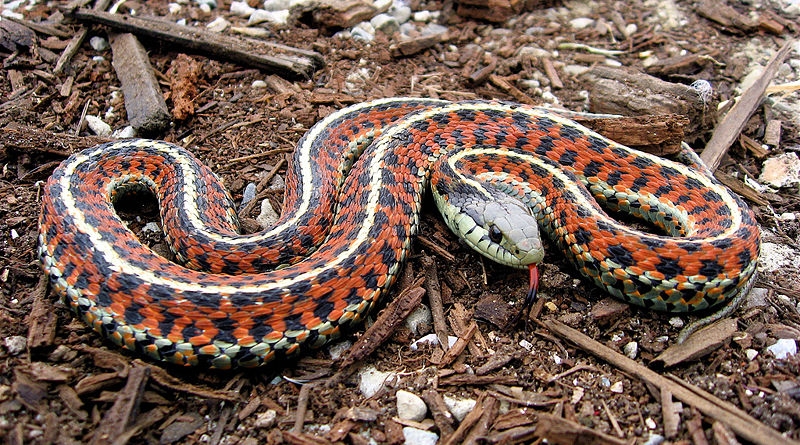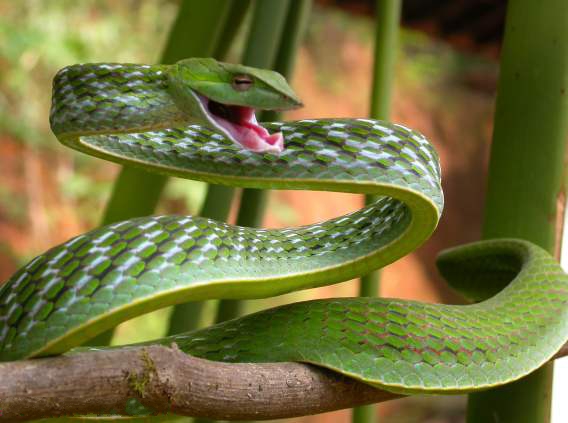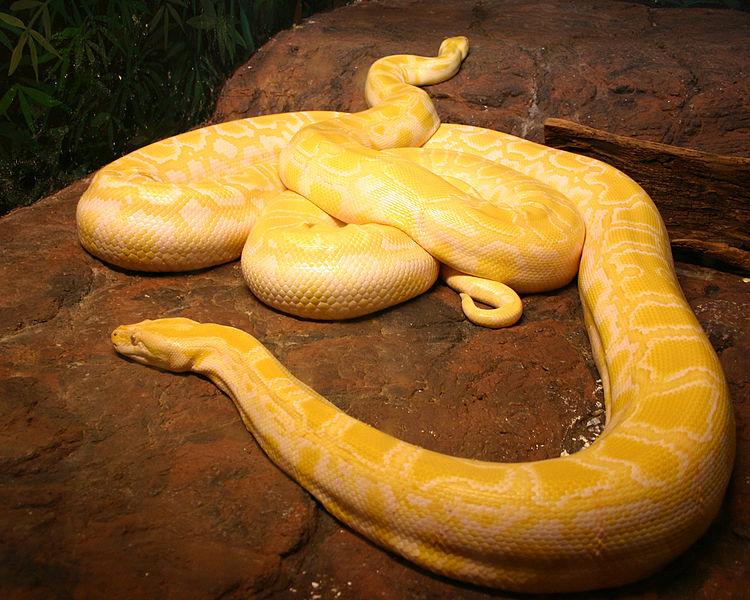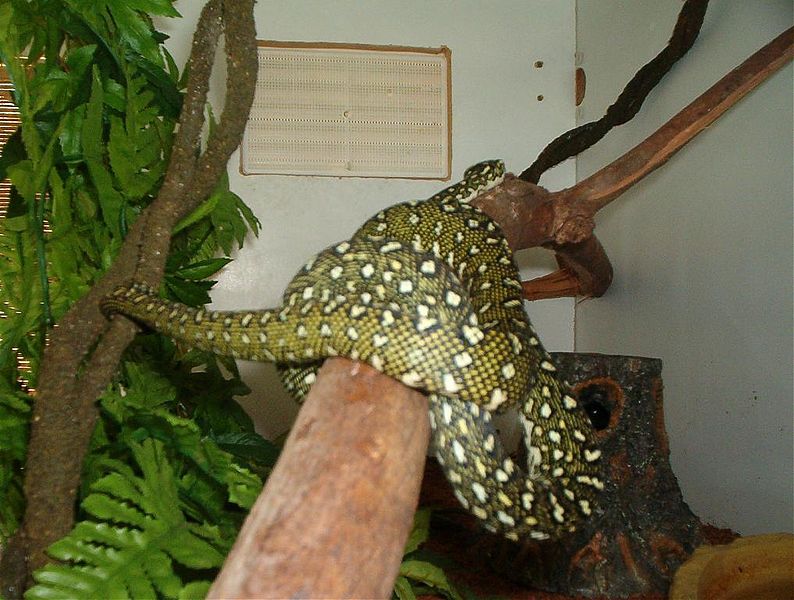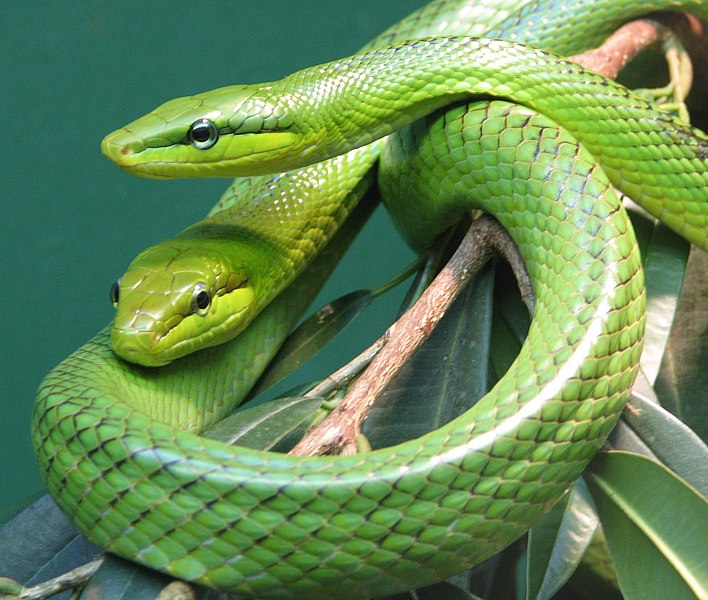Bacteria that haven't eaten for 86 million years found !!!!
The bacteria were unearthed when researchers drilled into a layer of soft red clay at the bottom of the Pacific Gyre
Researchers including one of Indian origin have discovered deep-sea bacteria at the bottom of the Pacific Ocean that can almost survive without food - they haven’t eaten for an incredible 86 million years.

Representational picture
The bacteria were unearthed when researchers drilled into a layer of soft red clay at the bottom of the Pacific Gyre.
It is an area of ocean where nearly nothing reaches the seabed and most plankton that die in the water dissolve long before any pieces of them can reach the seafloor far below.
Only very rarely does even a single particle land in any given spot on the bottom, the Daily Mail reported.
“If you imagine that a grain of sediment falls on the surface, it will take a thousand years before the next grain will sit on top of it,” said Hans Roy, from Aarhus University in Denmark.
Roy was part of a voyage in 2009 to sample that ancient sediment and found living bacteria buried in that clay - despite there being almost no nutrients down there for them to feed on.
At a rate of around 1 millimeter per 1,000 years sediment builds up on the ocean floor. So when the team extracted their 90ft deep cores of sediment they found the ends were tens of millions of years old.
“They left the surface 86 million years ago with one lunch box, and they’re still eating out of it.”
“That’s so much slower than our own, that in our eyes it looks like suspended animation.
“It’s like they’re splitting a pie, and they keep splitting in half and in half and in half, but nobody ever eats the last crumble. It’s quite remarkable.”
Roy and colleagues insisted that these bacteria may have the world’s slowest metabolism, with barely enough oxygen and nutrients to keep them alive.
“I weigh 140 pounds, and I eat a few pounds of food every day, so it will take me a month or two to eat my own weight,” Roy said.
“These organisms will take a thousand years to eat their own weight.
“In our eyes it looks like suspended animation.”
Roy cannot exactly tell how old the individual bacteria he studies are. They may have been reproducing exceedingly slowly since the time of the dinosaurs.
Or the individuals could be millions of years old, rebuilding themselves just fast enough to mend the inevitable damage of aging.
In any case, these microscopic life-forms have life cycles that challenge human intuition.
“That’s so much slower than our own, that in our eyes it looks like suspended animation,” Roy said.
“This is pretty much like if you would stand up and look at a tree to see if it grows at all, you won’t see anything because you’re looking at the wrong time scale,” Roy added.
The study has been published in Science journal.








 8:24 PM
8:24 PM
 FunFactWorldz
FunFactWorldz

